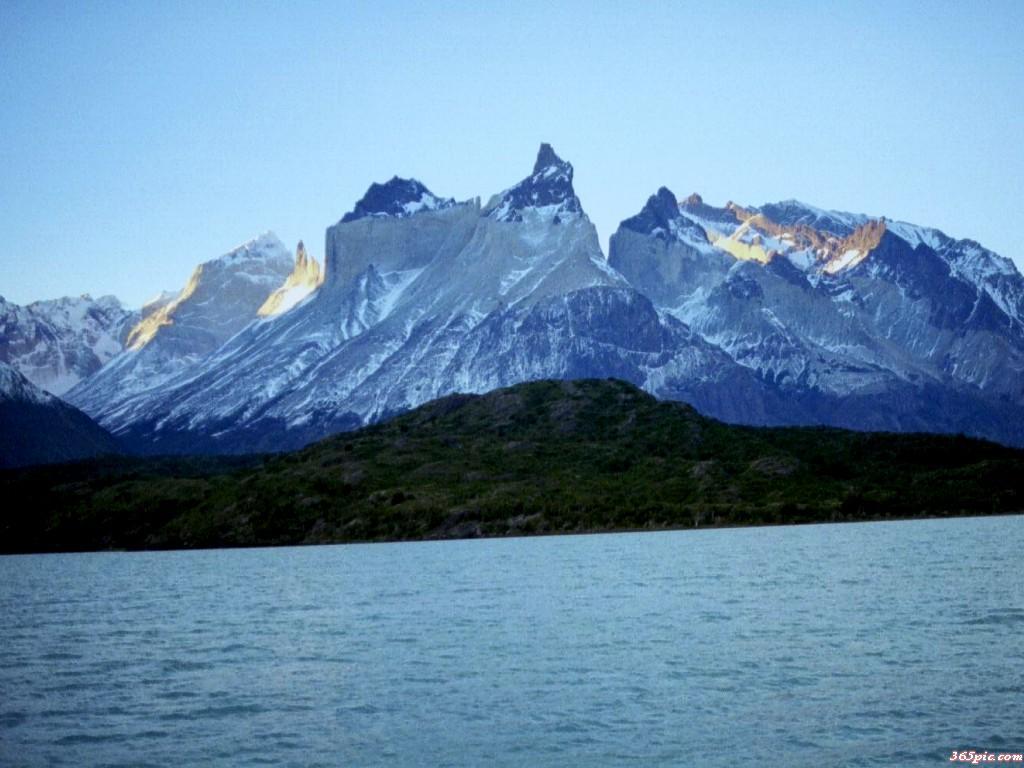The Andes‘s history Ancient Inca civilization period
The Andes Mountains are the longest mountain range in South America, spanning countries such as Ecuador, Peru, Bolivia, Chile, Argentina, Colombia, and Venezuela, with a total length of about 7,000 kilometers. This spectacular mountain range is not only representative of South America’s natural landscape, but also carries a rich history, culture and tourism resources, and has an important impact on the environment and society of the surrounding area. The history of the Andes Mountains can be traced back to the time of the ancient Inca civilization. During this period, the Inca Empire connected the various regions of the Andes by building roads and bridges. The Incas also built many magnificent buildings in the mountains, such as Machu Picchu, Cusco, etc., which have become World Heritage Sites.Andes
The climate of the Andes
Because the western part of South America is at the extinction boundary of the American plate and the Antarctic plate, the plate collides and squeezes, and the tall mountain range “Andes” that runs through the north and south is uplifted, which is about 8,900 kilometers long from north to south, which is the longest mountain range in the world, with an altitude of more than 3,000 meters, so the region where the Andes Mountains are located has formed an alpine and cold climate. At the same time, due to the presence of the Andes Mountains, the climate distribution of South America is divided into two distinct parts: east and west.
Animals of the Andes
The fauna of these areas is as diverse as the terrain. Examples include camels, flamingos, giant otters, penguins, caimans, and Patagonian foxes
